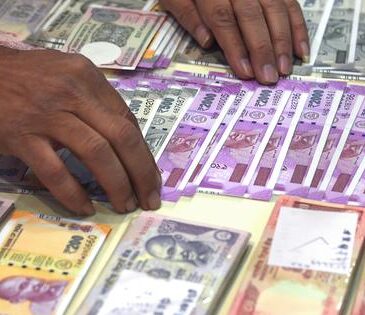Most Asian currencies strengthened on Wednesday after U.S. President Donald Trump softened his stance on the Federal Reserve and signaled openness to easing trade tariffs on China. Meanwhile, the Japanese yen weakened following disappointing factory activity data.
The U.S. Dollar Index gained 0.3%, rebounding from a three-year low hit earlier this week. This came after Trump stated he had “no intention” of removing Fed Chair Jerome Powell, dialing back earlier criticism that had fueled concerns over the central bank’s independence. Markets also found relief in Trump’s comments on U.S.-China trade relations, as he hinted at a potential tariff reduction—though not a complete rollback.
Currency markets responded positively to the news. The Chinese yuan firmed, with the onshore USD/CNY down 0.2% and the offshore USD/CNH down 0.3%. The Australian dollar gained 0.4% against the greenback. South Korea’s won also advanced, with the USD/KRW falling 0.3%. The Singapore dollar and Indian rupee were mostly unchanged.
However, the Japanese yen weakened, with USD/JPY climbing 0.3%. This followed data showing Japan’s manufacturing sector contracted for a tenth straight month in April. The au Jibun Bank manufacturing PMI slipped to 48.5, below expectations. Concerns over ongoing U.S. tariff pressures contributed to the slowdown in new orders.
In contrast, Japan’s services sector showed signs of recovery, with the services PMI rising to 52.2 from 50.0 in March. The overall composite PMI moved into expansion territory at 51.1, up from 48.9 the prior month.
Markets remain sensitive to further developments on U.S. monetary policy and trade negotiations, which continue to influence currency volatility across Asia.




